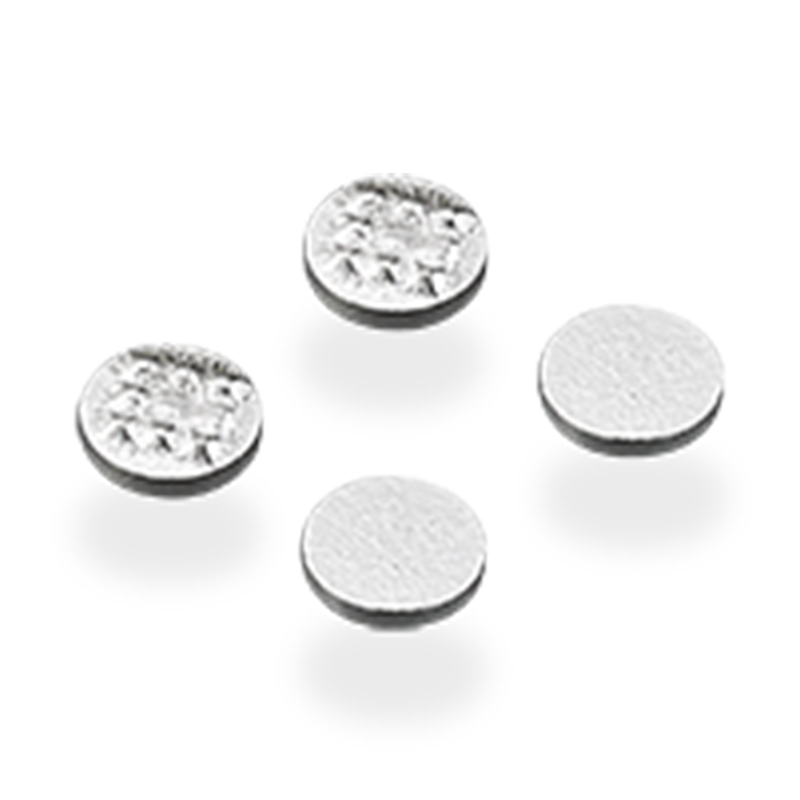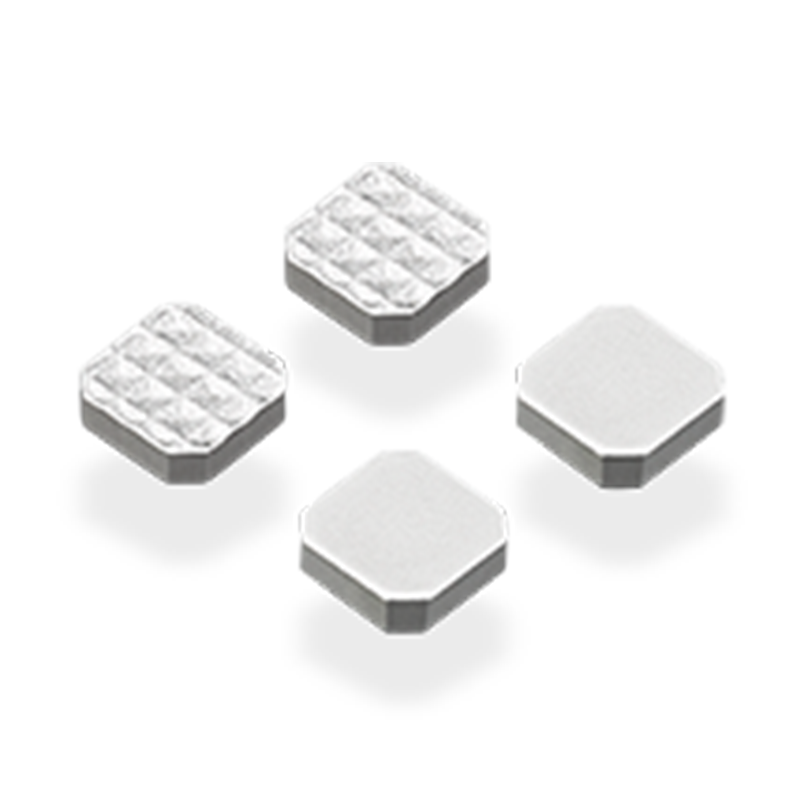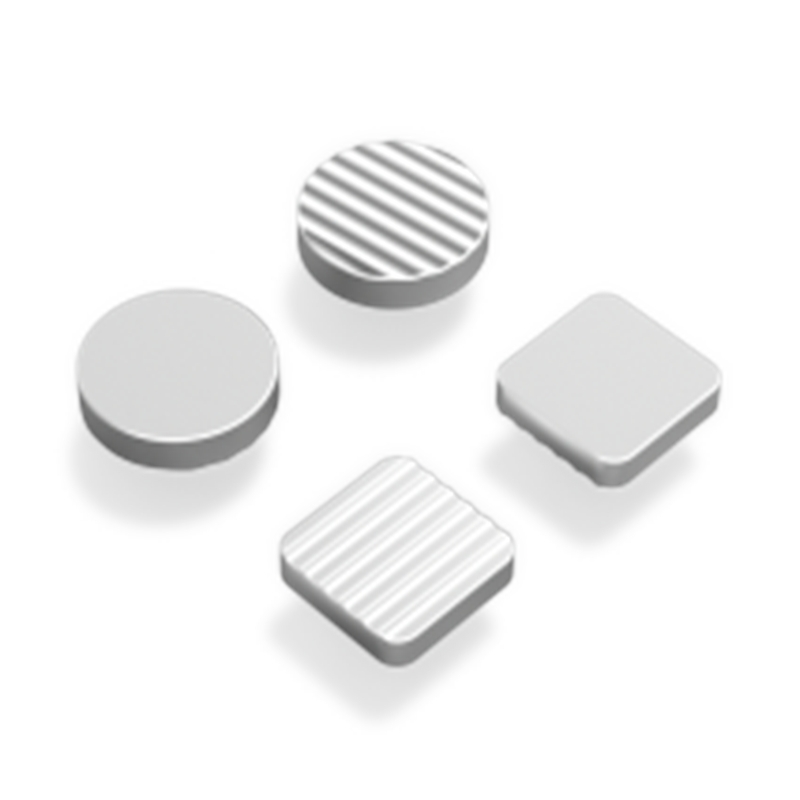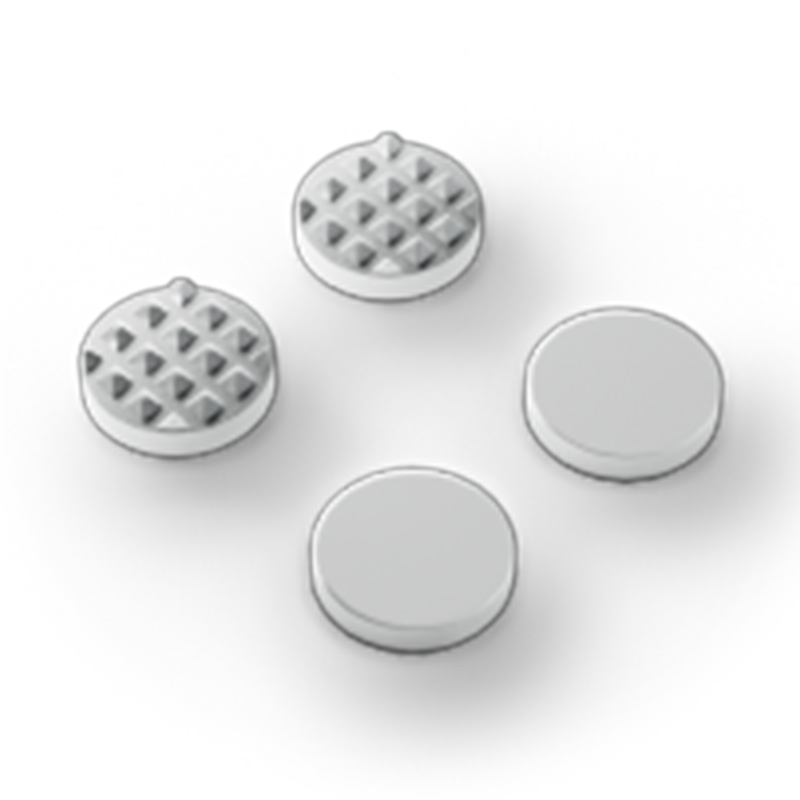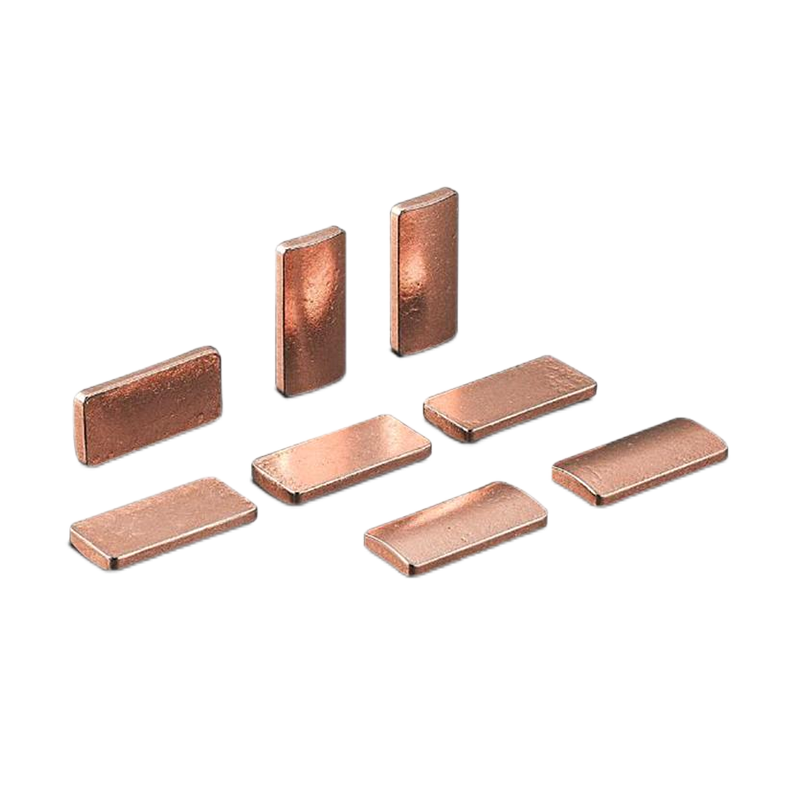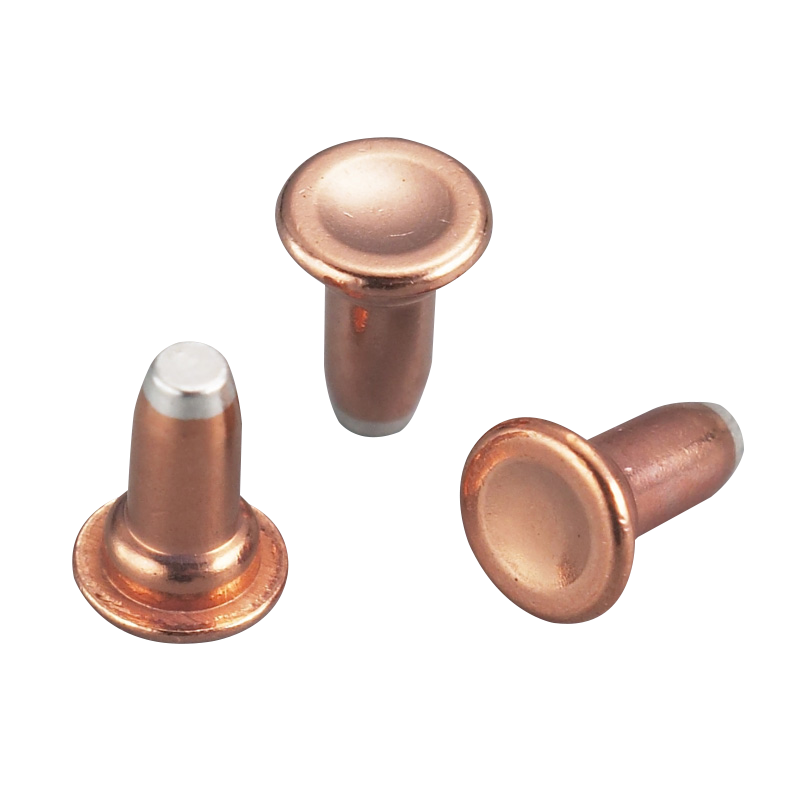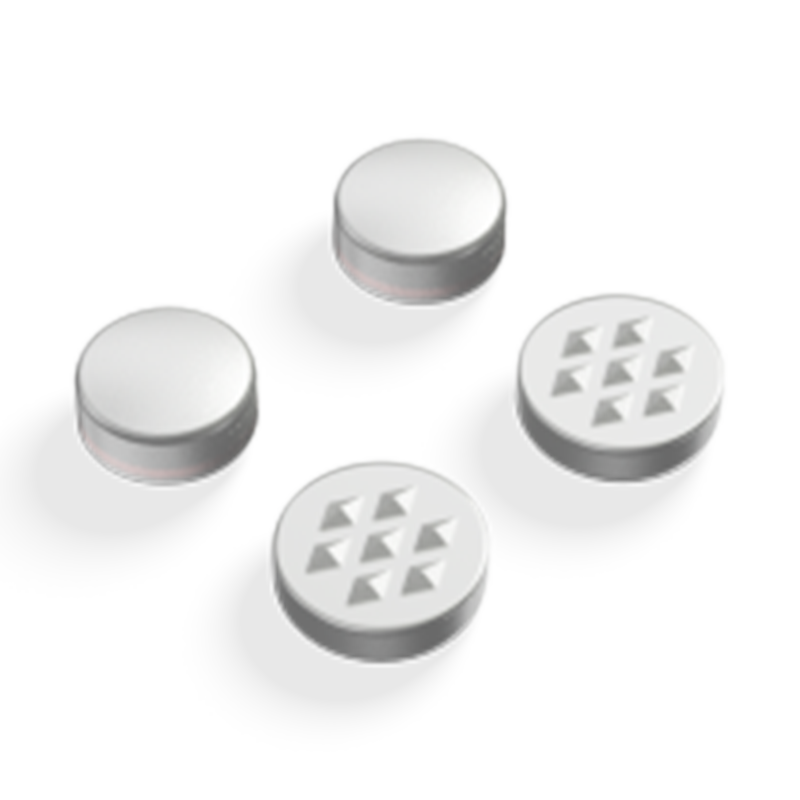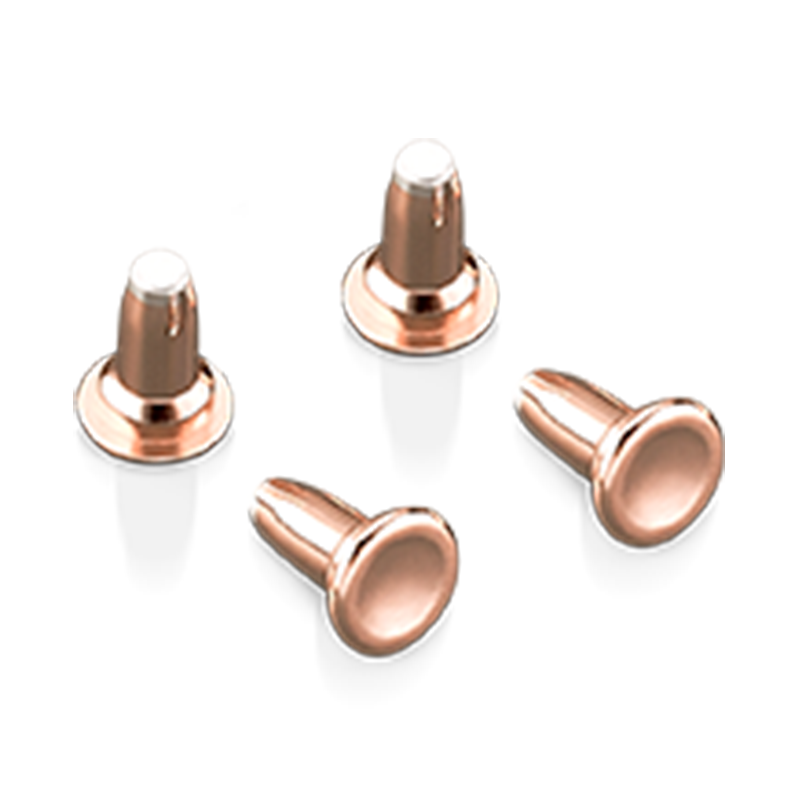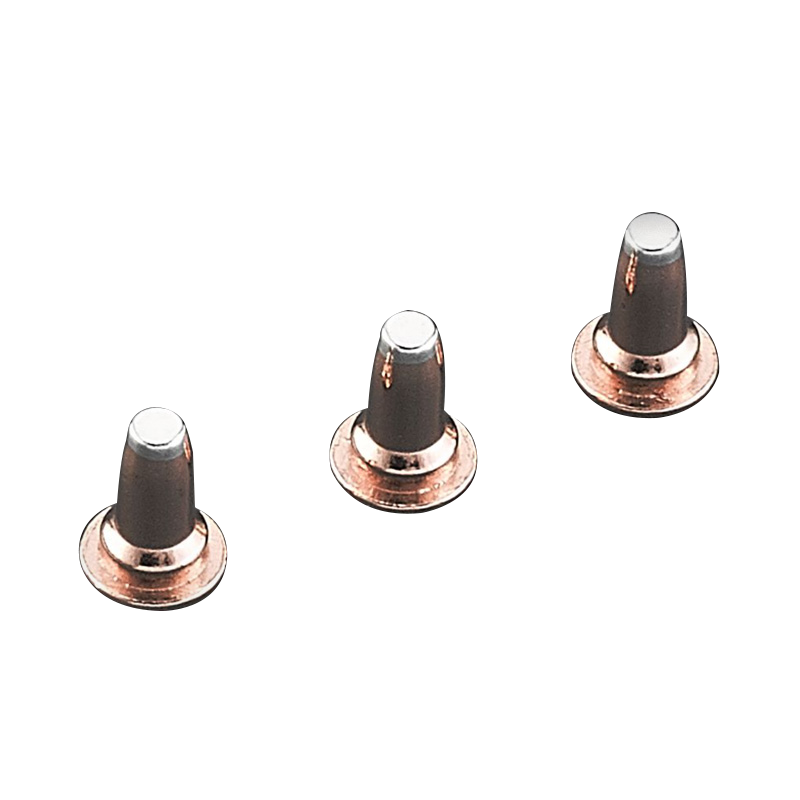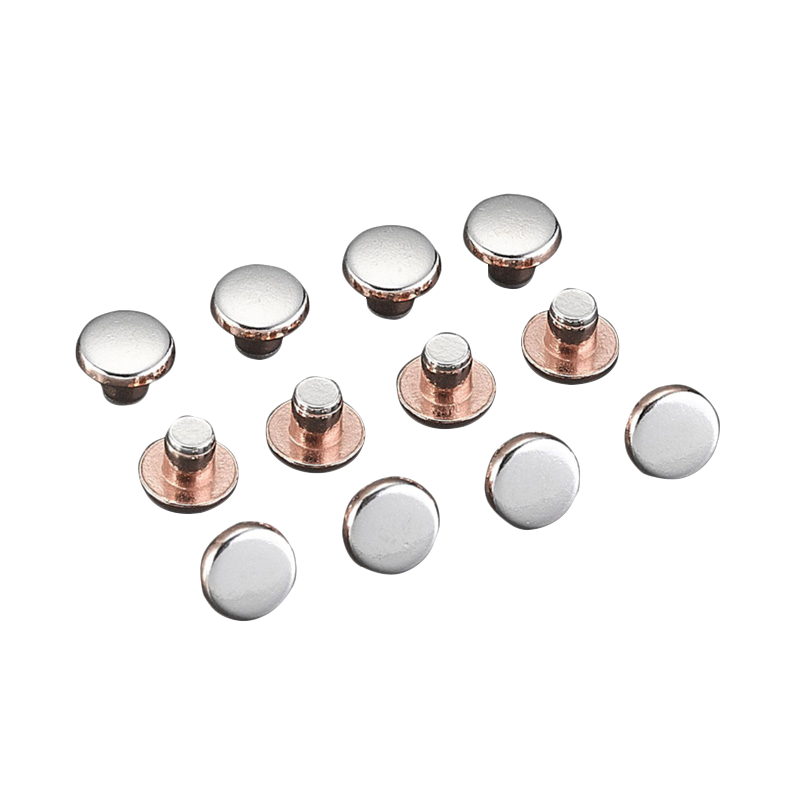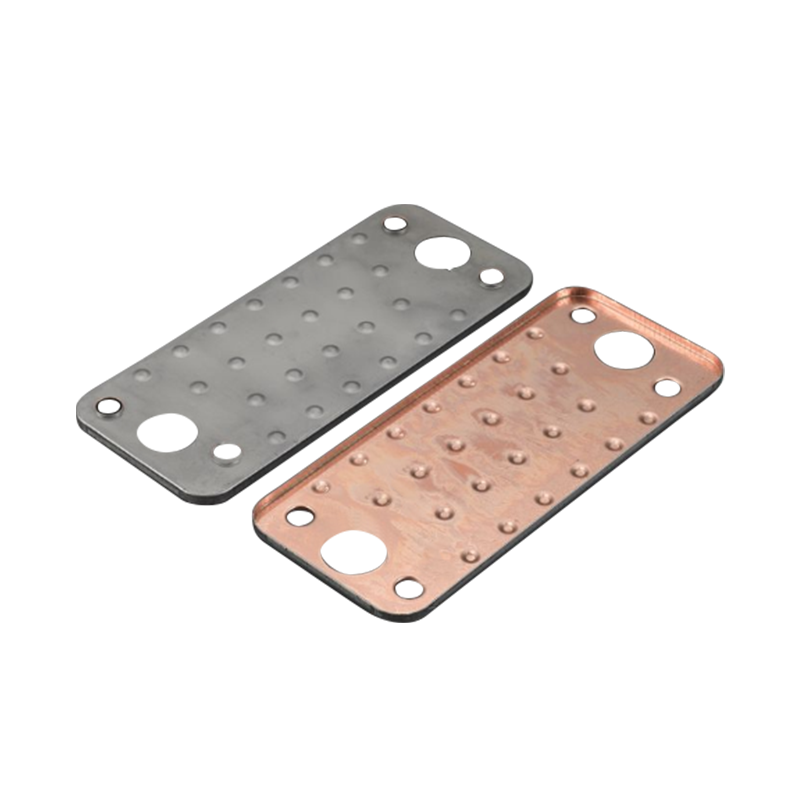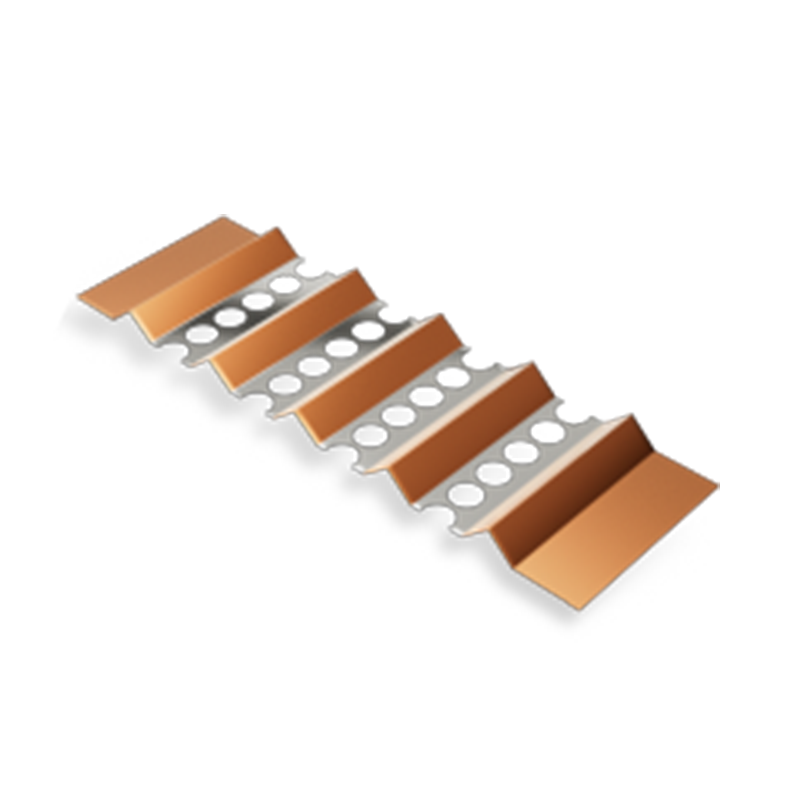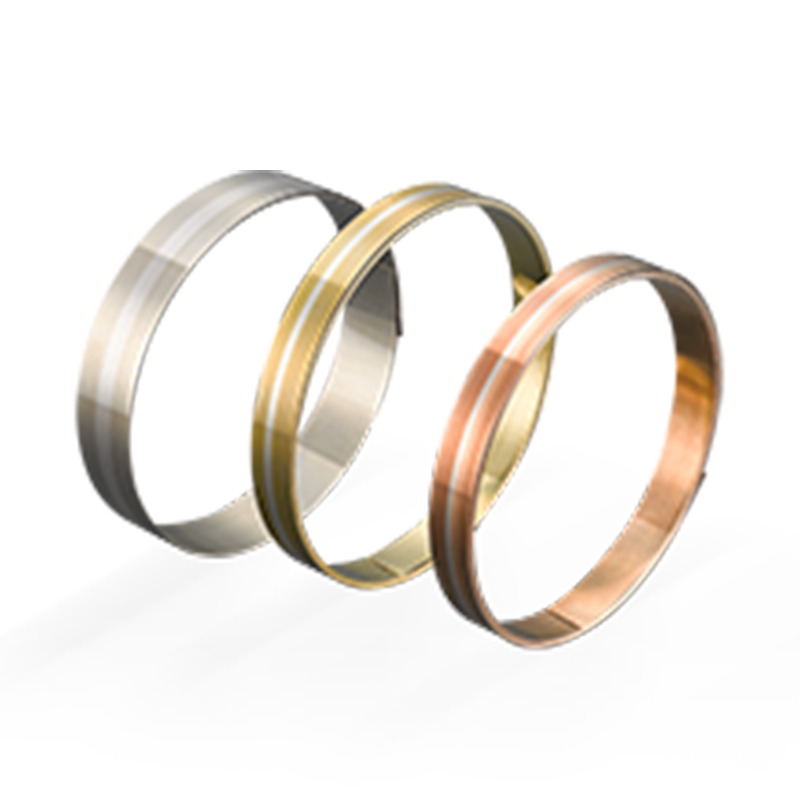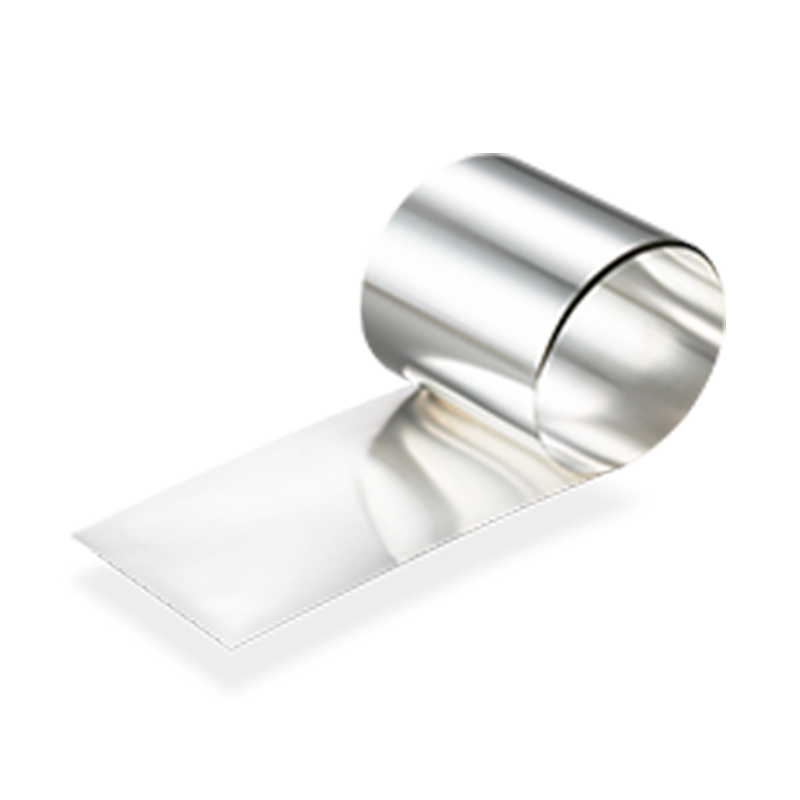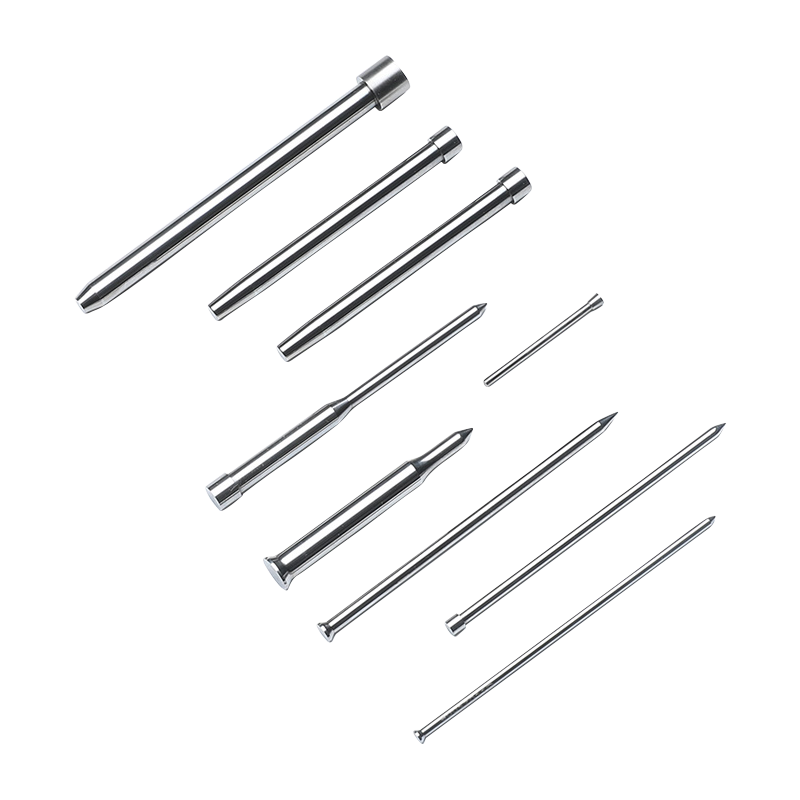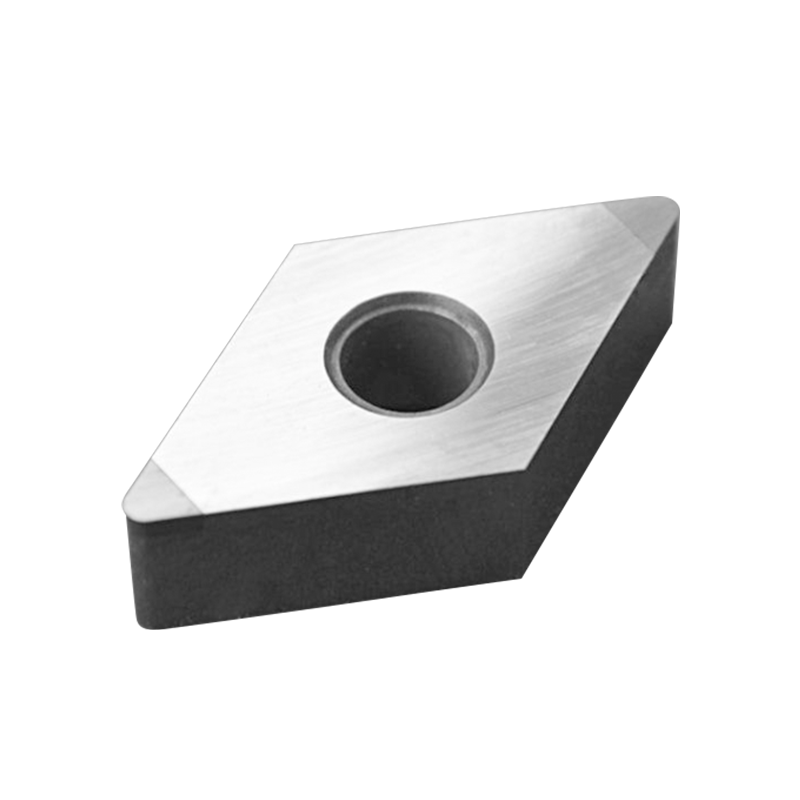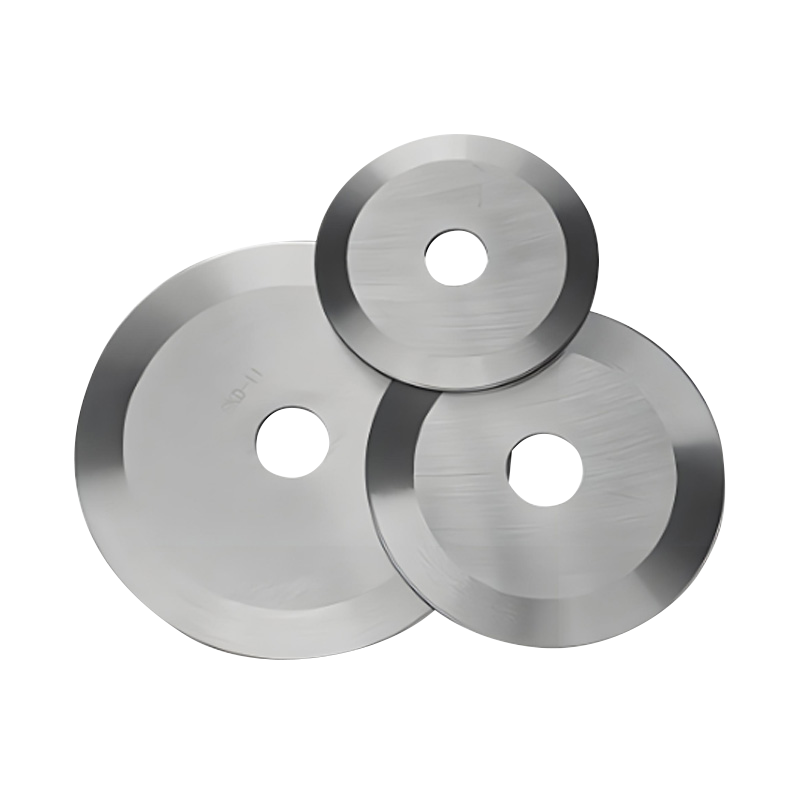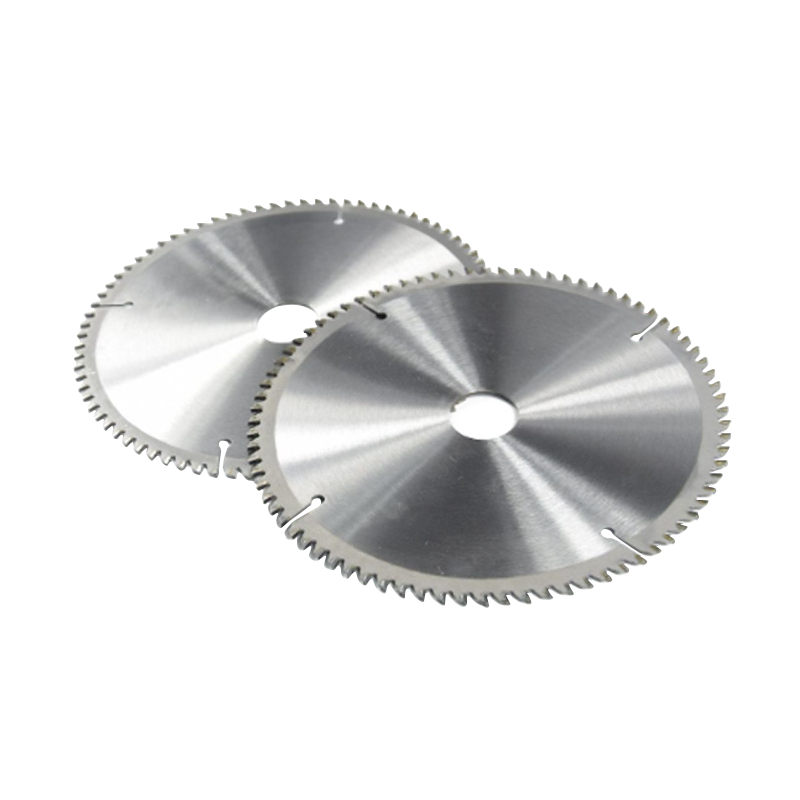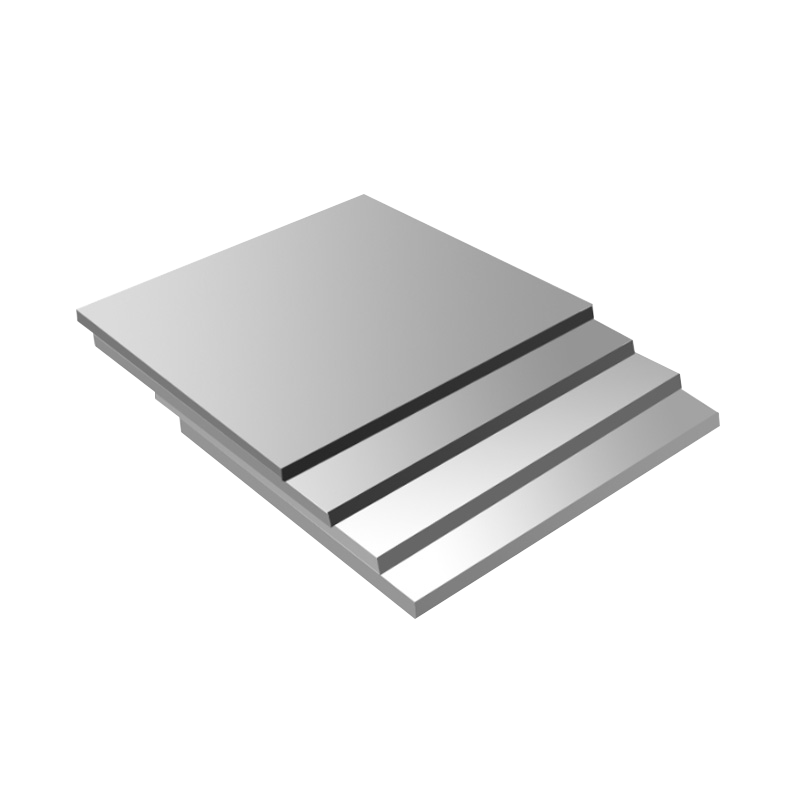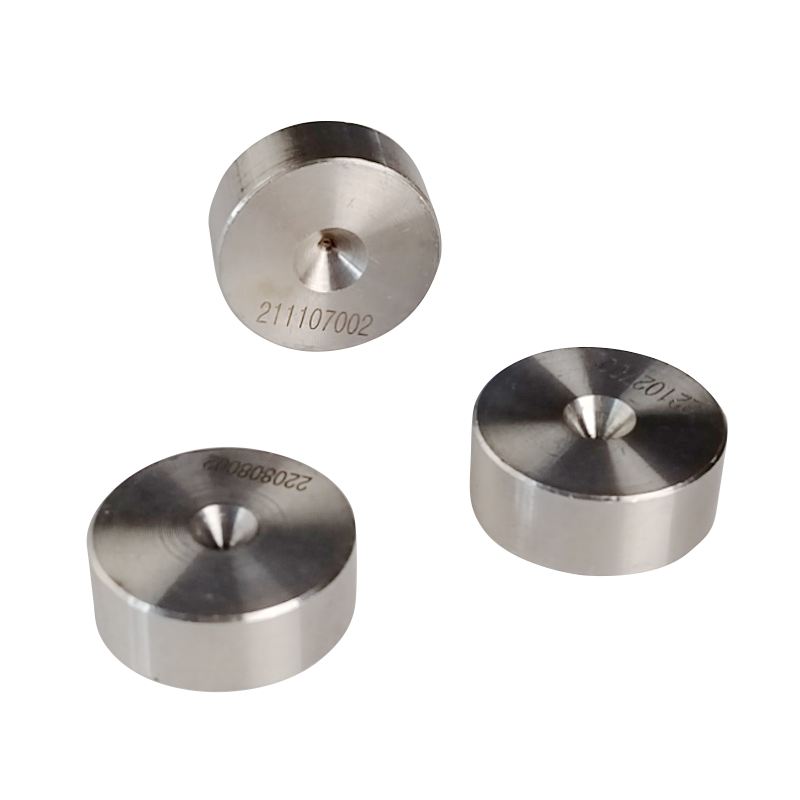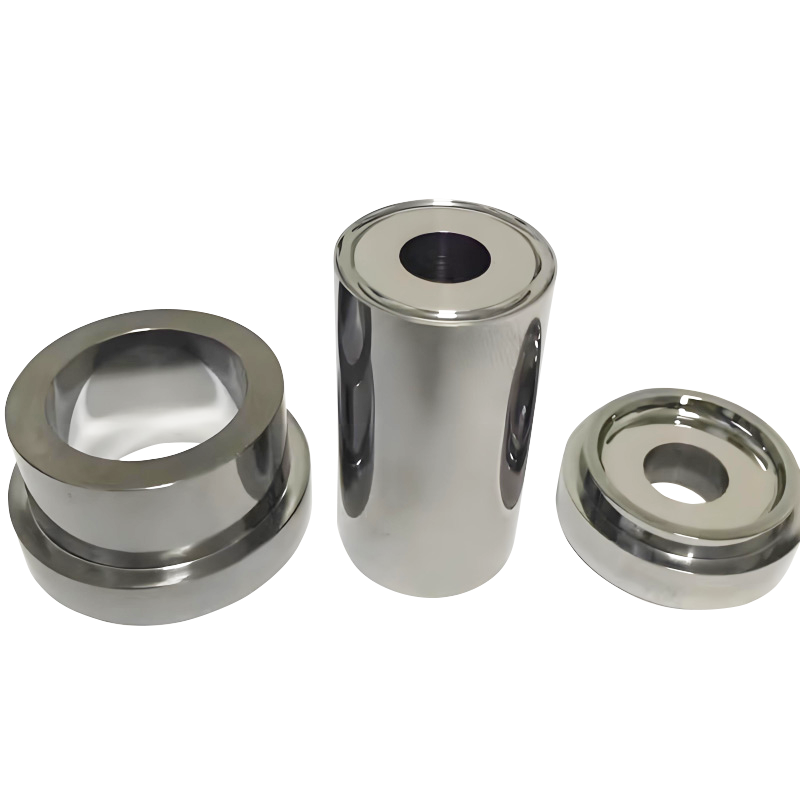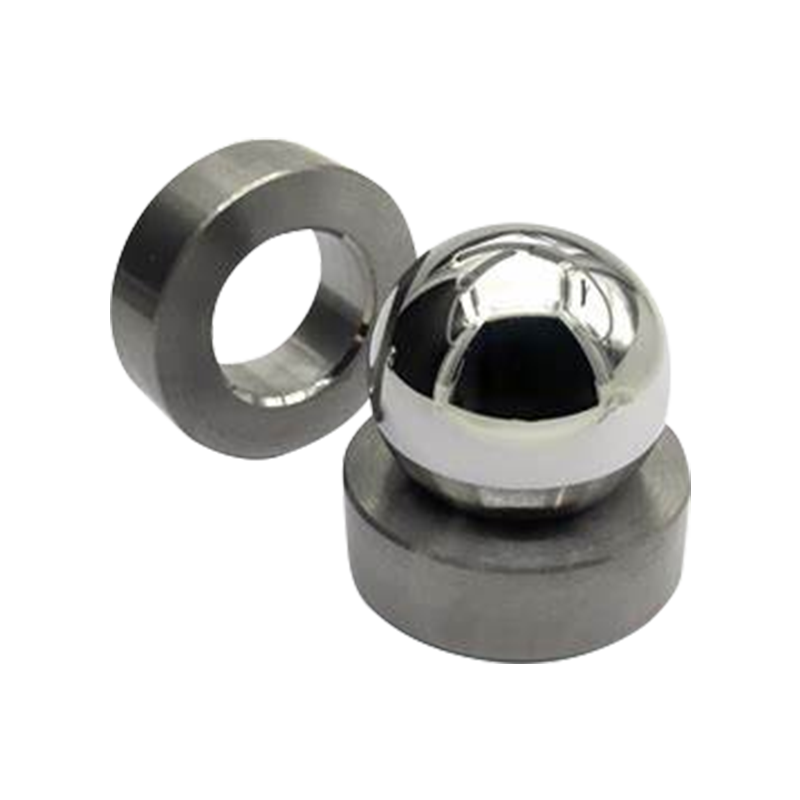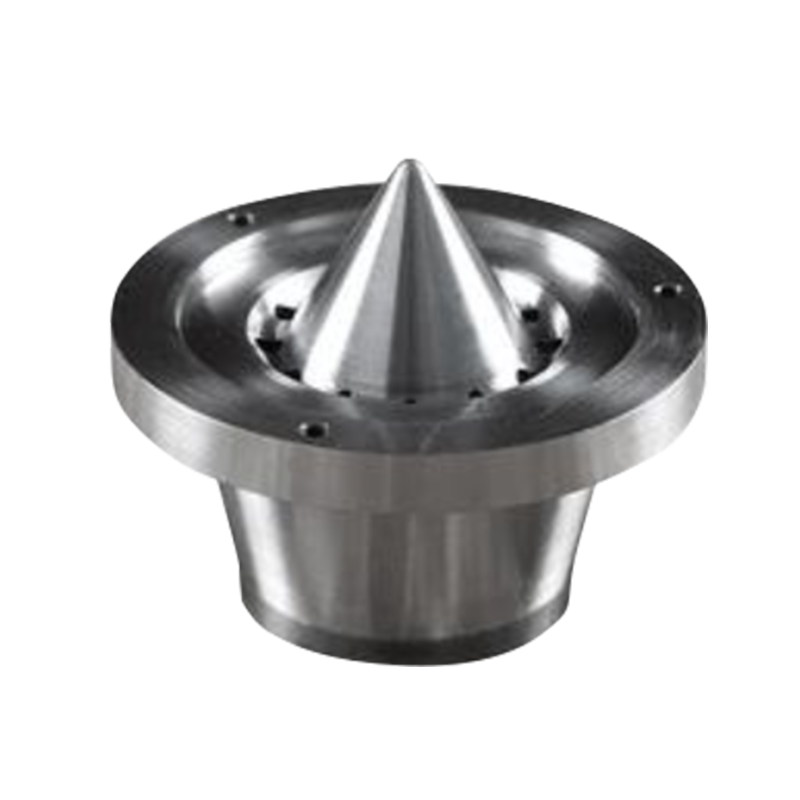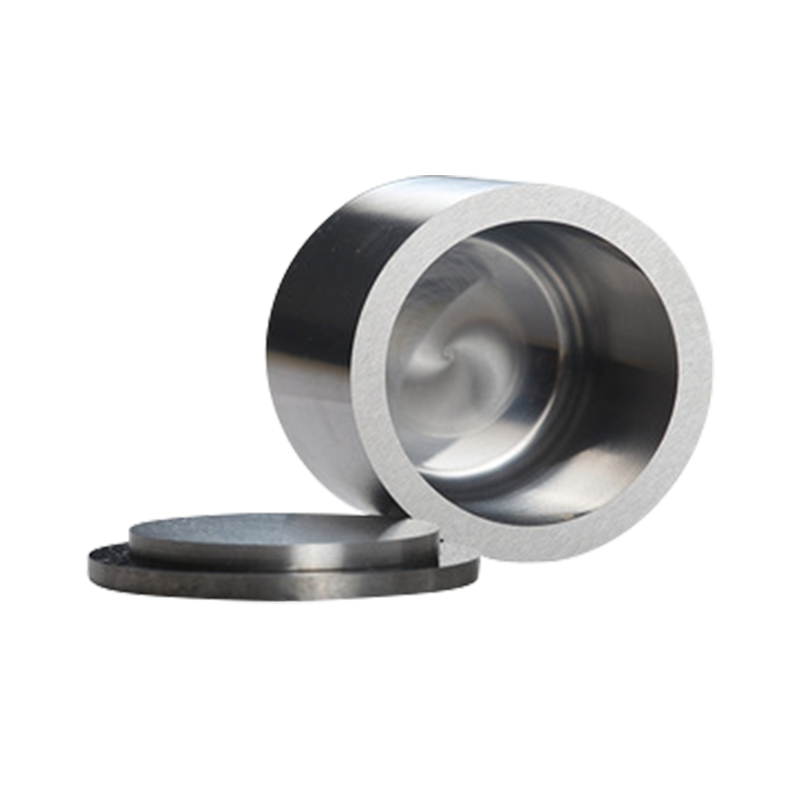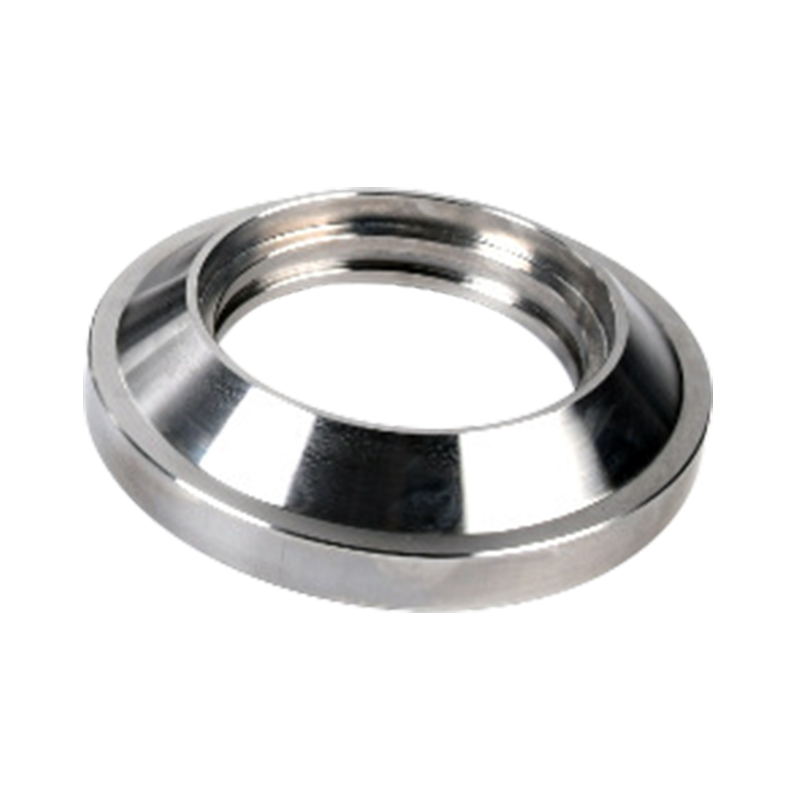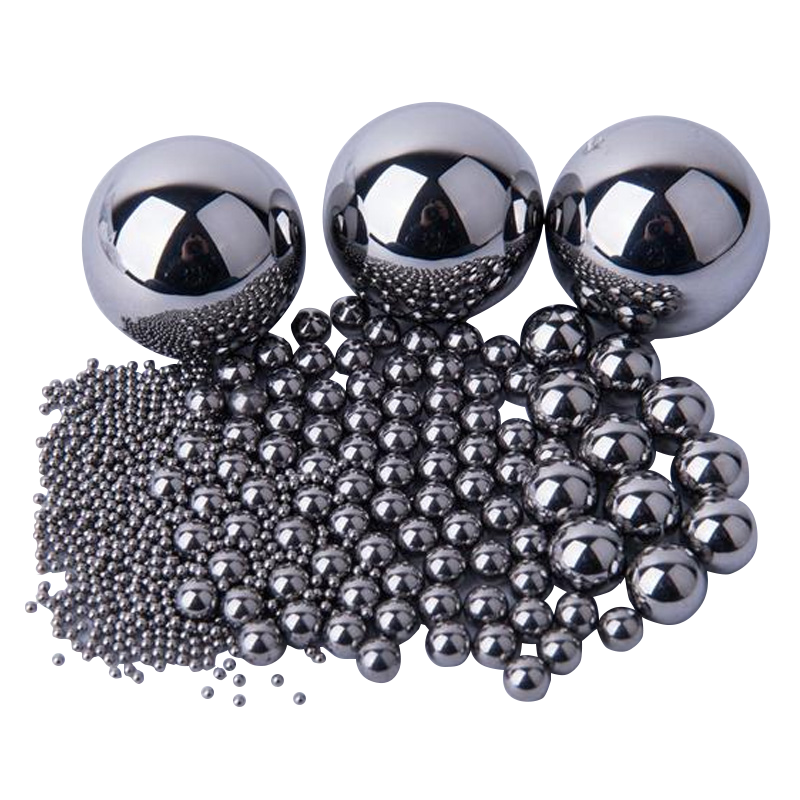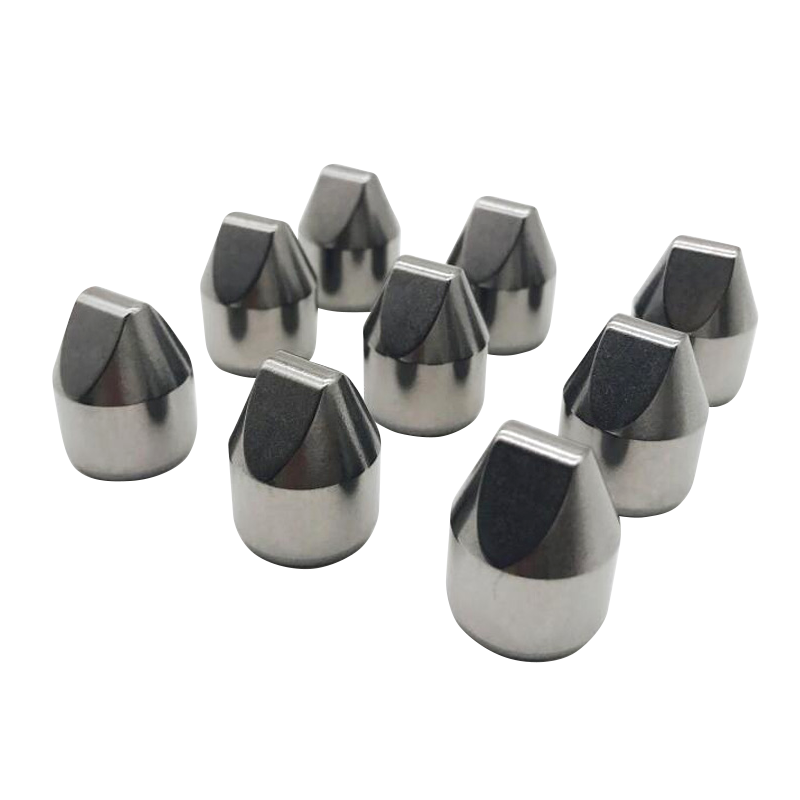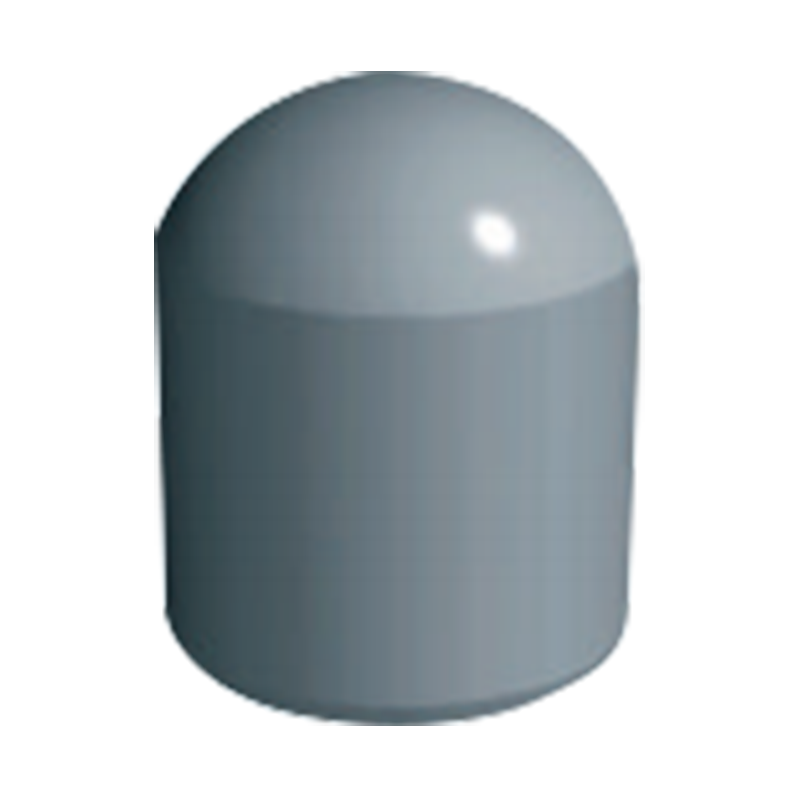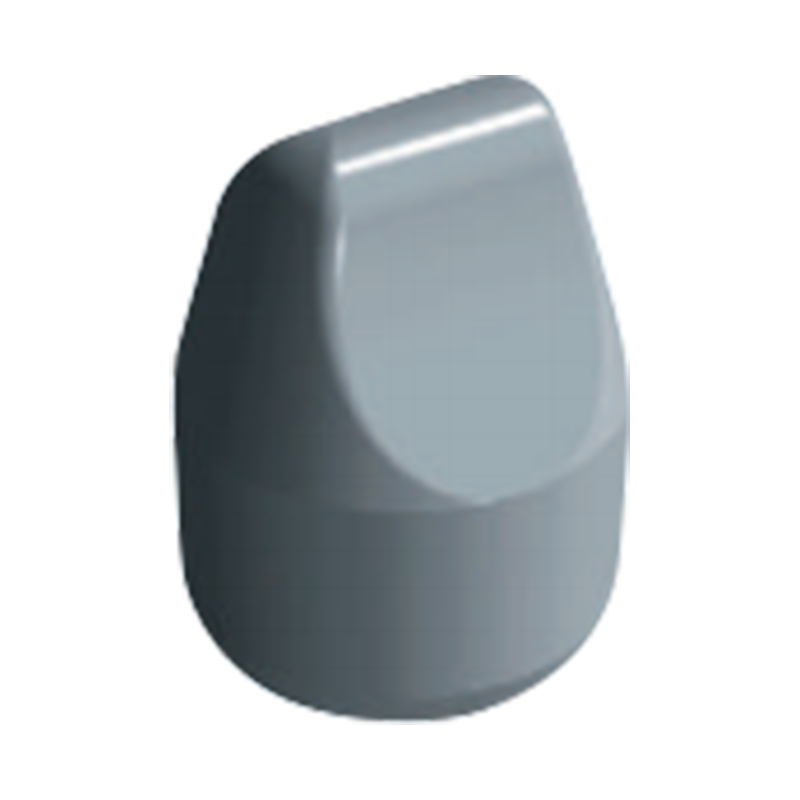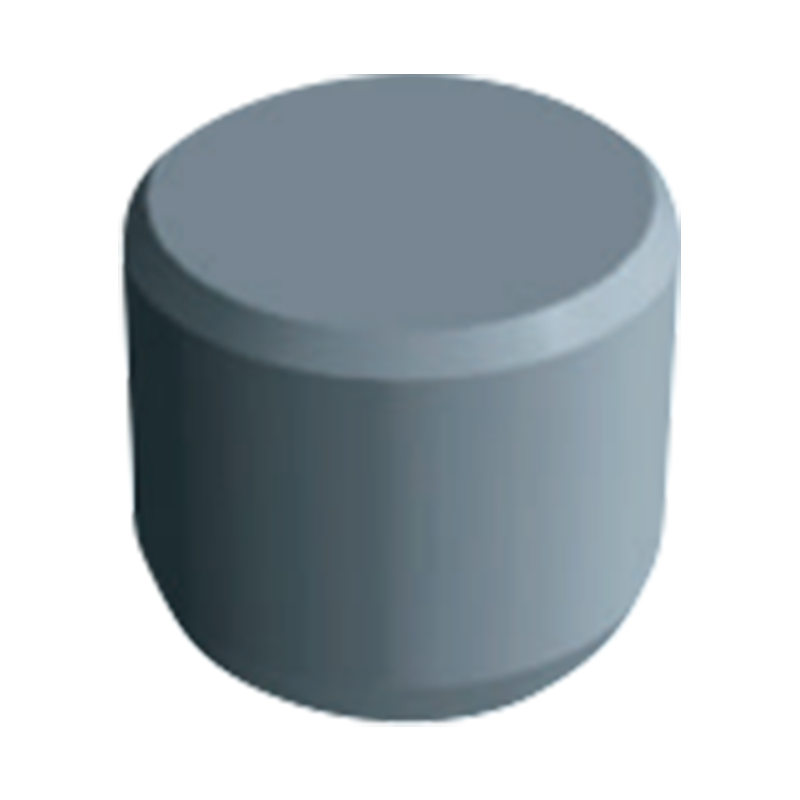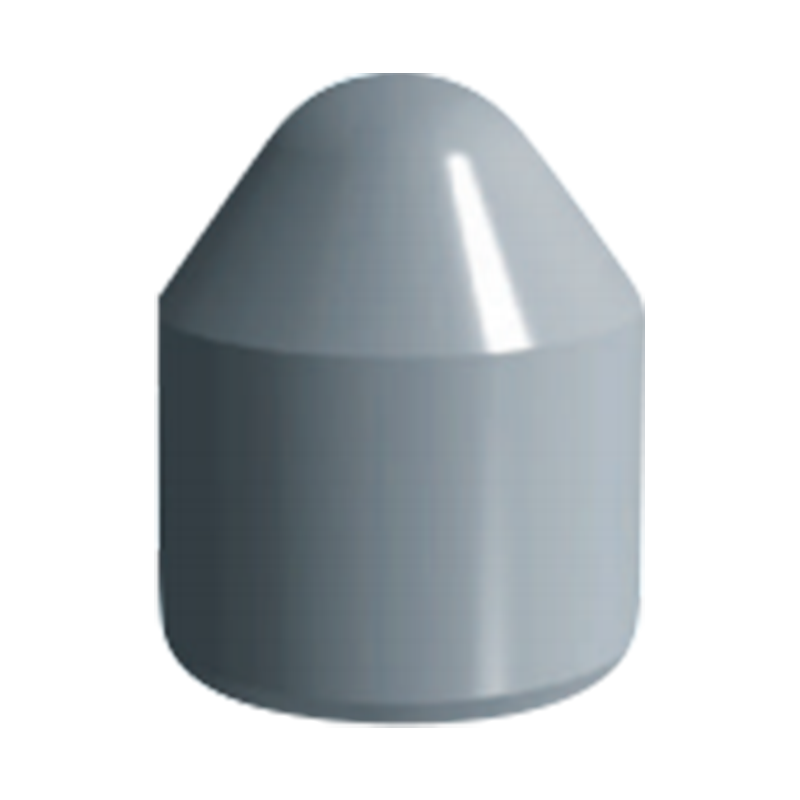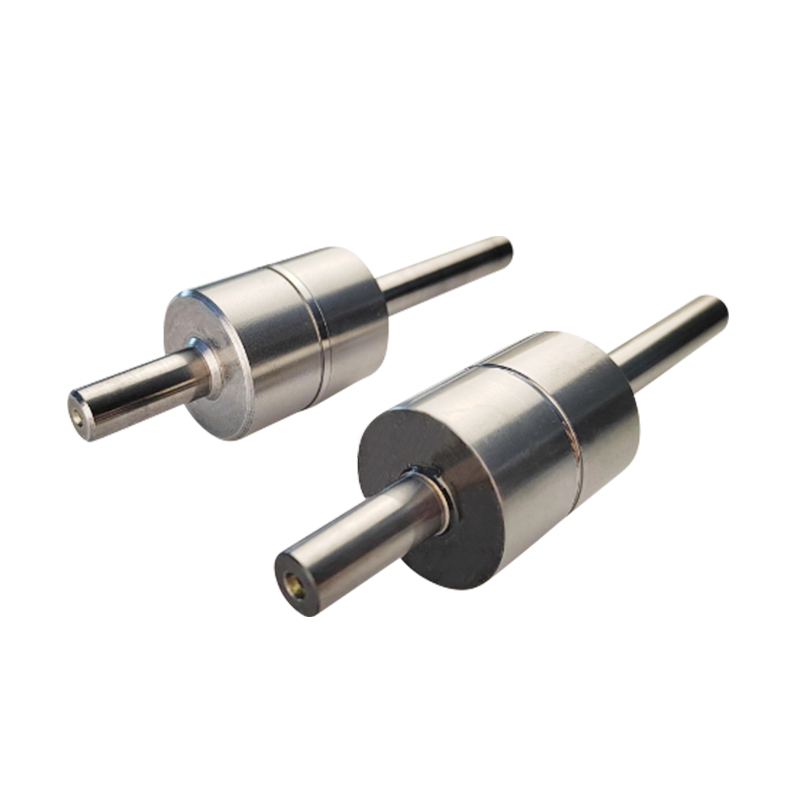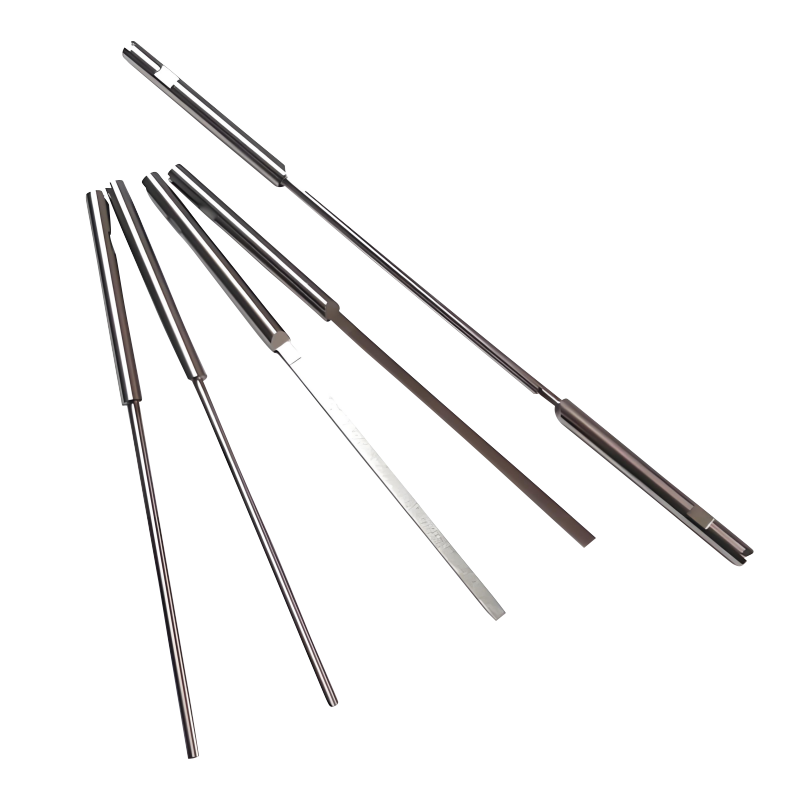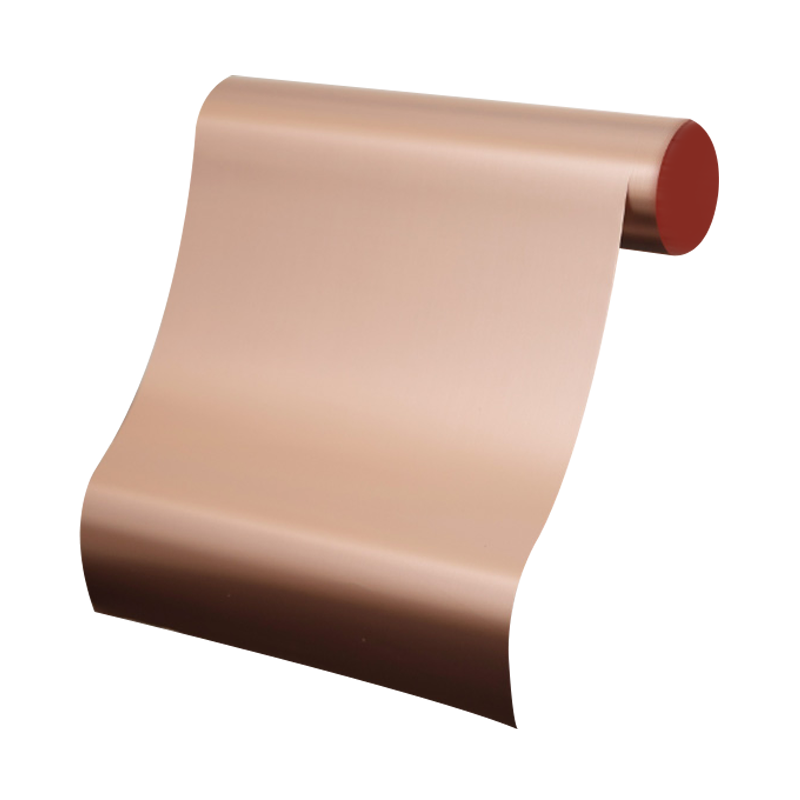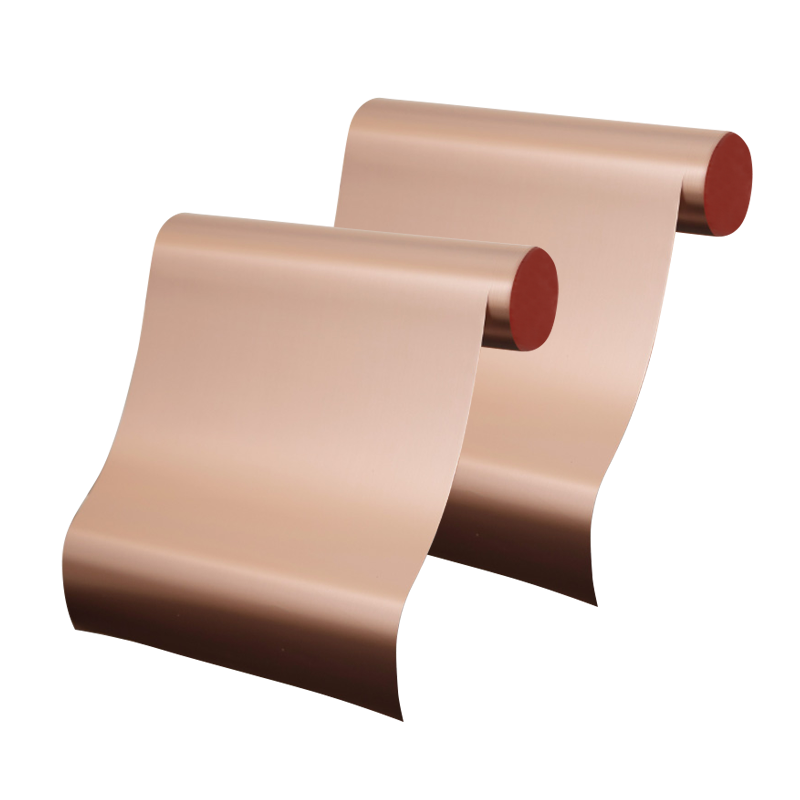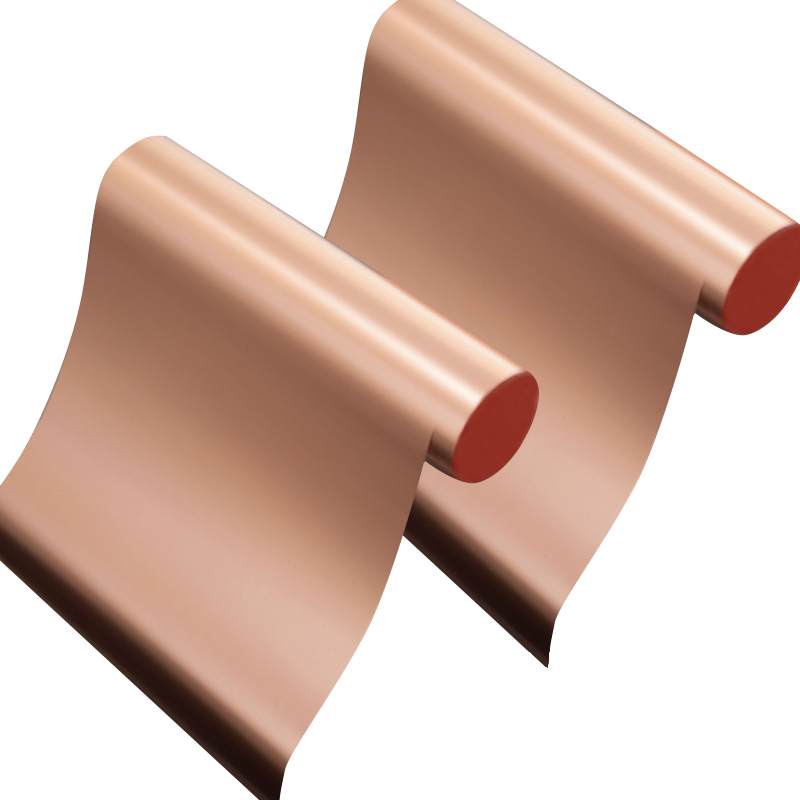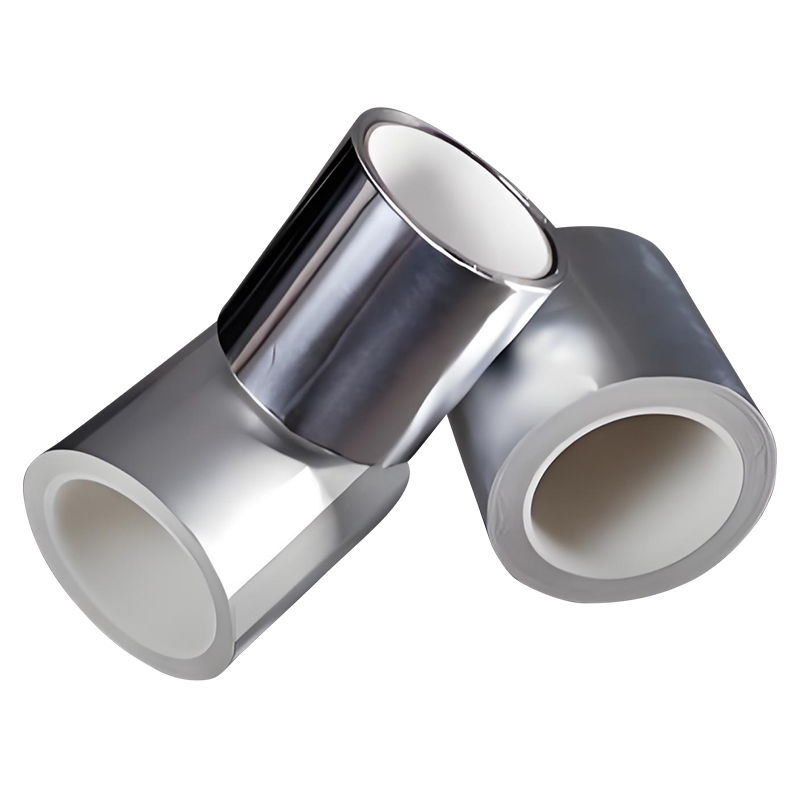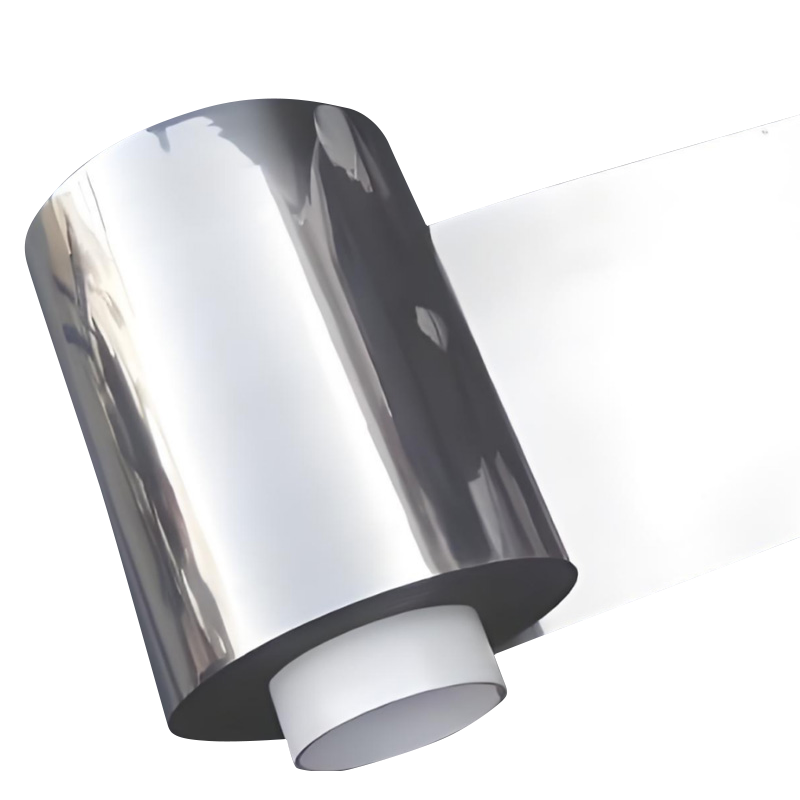If you need any help, please feel free to contact us
- Silver Alloy Electrical Contact Materials
- Copper Alloy Electrical Contact Materials
- Multi-layer Composite Materials
- Special Type Of Wire
- Thermal Bimetal Material
- Copper Steel Composite Material
- Copper Aluminum Composite Material
- Silver Copper Composite Material
- Copper Nickel Composite Material
- Aluminum Nickel Composite Material
- Aluminum Steel Composite Material
- Noble Metal Complex
Understanding the Differences Between Conventional and HIP Sintering for Tungsten Carbide Plates
The performance of tungsten carbide plates is heavily influenced by the sintering process used during manufacturing. Sintering determines the final density, strength, and defect rate of the finished product, making it a critical step for manufacturers who require consistent quality and long service life. While conventional sintering remains widely used, the addition of Hot Isostatic Pressing (HIP) has brought notable improvements for demanding applications where failure is not an option.
In traditional sintering, carbide powder mixtures—typically composed of tungsten carbide and a metal binder like cobalt—are compacted into a green body and heated in a vacuum or hydrogen atmosphere to bond the particles. This method produces a solid structure with a high degree of hardness, but residual porosity is often present. These tiny voids can affect strength and resistance to impact or wear, especially under extreme mechanical or thermal stress. For applications that tolerate moderate loading, this method remains cost-effective and reliable.
HIP sintering, by contrast, involves applying high temperature and high isostatic gas pressure simultaneously to the sintered body, usually using argon. The pressure is uniform across all surfaces, effectively closing internal pores that conventional sintering leaves behind. This results in tungsten carbide plates with nearly 100% density, improved toughness, and greater uniformity. The absence of internal voids also makes these plates more predictable under stress, which matters in high-precision tooling or high-wear environments.
The benefits of HIP are especially apparent in applications involving shock loads, rapid temperature changes, or abrasive materials. The added toughness helps prevent chipping and cracking, two of the most common causes of early tool failure. At the same time, the improved microstructure leads to better edge retention and longer service intervals, both of which translate to reduced downtime and maintenance costs.
Although HIP sintering typically comes at a higher manufacturing cost, it can offer better long-term value. In high-volume production or mission-critical operations, the performance stability of HIP tungsten carbide plates can make a significant difference in output quality and equipment reliability. Customers in metal stamping, precision cutting, and powder compaction often specify HIP-sintered plates to meet tighter tolerances and harsher working conditions.
From a manufacturing perspective, HIP also allows for more consistent control over material properties. During this process, uniform pressure eliminates the variability seen in larger or more complex parts that are difficult to densify evenly through conventional methods. This level of process control is one reason why many advanced users prefer HIP-sintered components, particularly in international markets where performance benchmarks are strict.
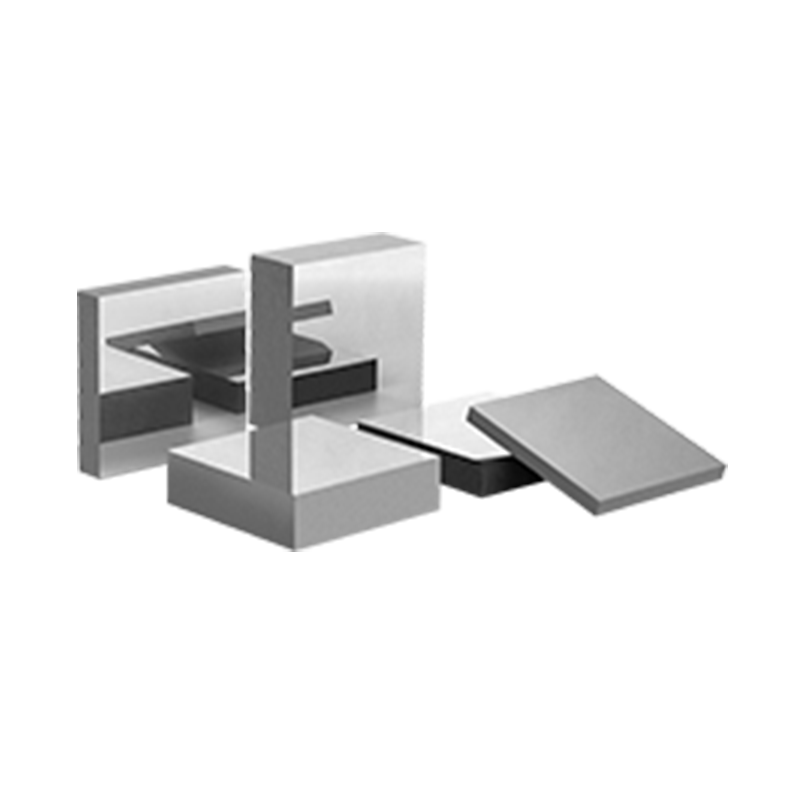
At our facility, we offer both sintering methods and help customers choose based on their application needs, cost considerations, and life-cycle expectations. We’ve seen firsthand how the right sintering choice can enhance tool performance, extend wear life, and reduce production interruptions. When customers require top-tier results, we often recommend HIP tungsten carbide plates—especially when durability and dimensional stability are non-negotiable.
It's also worth noting that not every application requires HIP sintering. For general-purpose tools or wear parts operating under moderate loads, conventionally sintered plates still perform admirably. What matters most is matching the material characteristics with the specific demands of the task at hand. That's why technical support and clear communication during sourcing are so important, especially when dealing with specialized alloys like cemented carbide.
Tungsten carbide plates have come a long way with the advancement of sintering technologies. By understanding how conventional and HIP processes differ—and where each excels—buyers can make more informed decisions. Choosing the right plate not only improves performance but also helps manage long-term costs. We’re here to provide both the products and the expertise to help customers get the most from their tooling investments.
- Tel:
+86-18857735580 - E-mail:
[email protected]
- Add:
No. 5600, Oujin Avenue, Wenzhou Marine Economic Development Demonstration Zone, Zhejiang Province, China
Copyright © Wenzhou Hongfeng Electrical Alloy Co., Ltd. All Rights Reserved. Metal Composite Materials Manufacturers

 en
en English
English Deutsch
Deutsch
